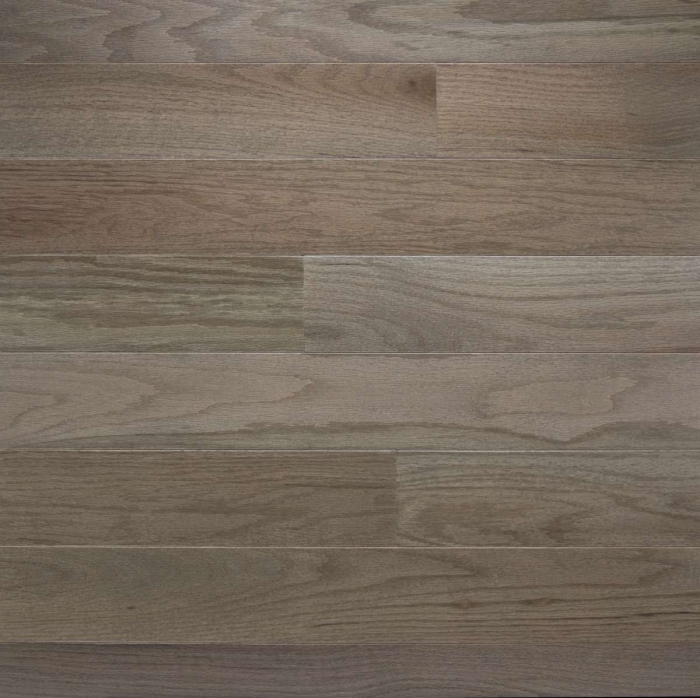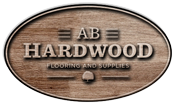Because of the relationship between temperature, moisture and RH, ventilation of a house in the winter tends to dry it out. When you bring cold outside winter air into a house and warm it up, the RH of that air drops significantly. For example, air at 30 degrees Fahrenheit and 50 percent RH when warmed to 70 degrees will be at 10 percent RH. To get the RH of this air back up to something respectable, we would need to add moisture. The more ventilation that is occurring, the more this dry air is drying out your customer’s house, and the more moisture she needs to add. The solution to this part of winter drying is to reduce ventilation. Ventilation of a house is measured in air changes per hour (ACH). As an example, a house that is 1,800 square feet with 8-foot ceilings has a volume of 14,400 cubic feet (1,800 x 8 = 14,400). Changing all the air in this house with fresh air once an hour would be one ACH. Current building codes and standards recommend home ventilation rates near 1/3 ACH. Not all states enforce these codes or standards. Average homes have ventilation rates near 1 to 2 ACH, while some old, leaky homes are near 7 to 10 ACH. Weatherization and home energy audits typically measure ventilation rates. These programs can also pinpoint leakage sites and direct sealing efforts to reduce excessive ventilation rates. Old windows are often major leakage sites, as are recessed lights and other holes in ceilings and floors.
Why Finish Wood?
While choosing which type of wood finish to apply to your wood furniture, floors or other woodwork projects might be a dilemma, we can all agree that applying a good finish to your wood is absolutely essential.
Without a good finish, wood is likely to deteriorate – it may dry, crack, or swell if exposed to moisture, or shrink due to other weather changes. A good wood finish not only seals the wood against the elements, but also protects against accidental damage such as stains or scratches. Wood finishes also enhance the appearance of the wood by adding color and contrast.
Types of Wood Finishes
Types of wood finishes have evolved over time with various consumer demands. The two main players in the market are penetrating oils and polyurethane finishes.
Penetrating oil finishes, typically derived from plants, do just want the name suggests – they penetrate and fortify the wood from the inside, at the same time allowing the wood to ‘breathe’. They have been around for several decades, and have a long tradition of use in Scandinavian countries.
Polyurethane finishes on the other hand, are a blend of synthetic resins that harden into a protective plastic-like coating on the surface of the wood. These were developed to meet the consumer demand for a type of wood finish that is very durable, and the mostly widely used are water-based and oil-based.
WOCA’s Premium Penetrating Oil, Diamond Oil Active
Extremely durable wood finish
Plant based
Resistant to liquids such as water, coffee, tea and red wine
Gives the wood a beautiful, breathable surface
Approved for indoor use
Low VOC
isocyanate free
Low odor
Can be used on all wood species, including Exotic.
9 popular colors available.
We carry Soemrset Flooring Brand - Vertically Integrated—from the Forest to the Finished Product.
Somerset processes millions of board feet of lumber a year. Throughout our operations, including our own lumber manufacturing, and drying, milling, and finishing of hardwood flooring, we maintain control over the entire process. This is an important reason we are able to consistently produce quality products that we can be proud of and you can be confident in.Visitr our showroom today! 






